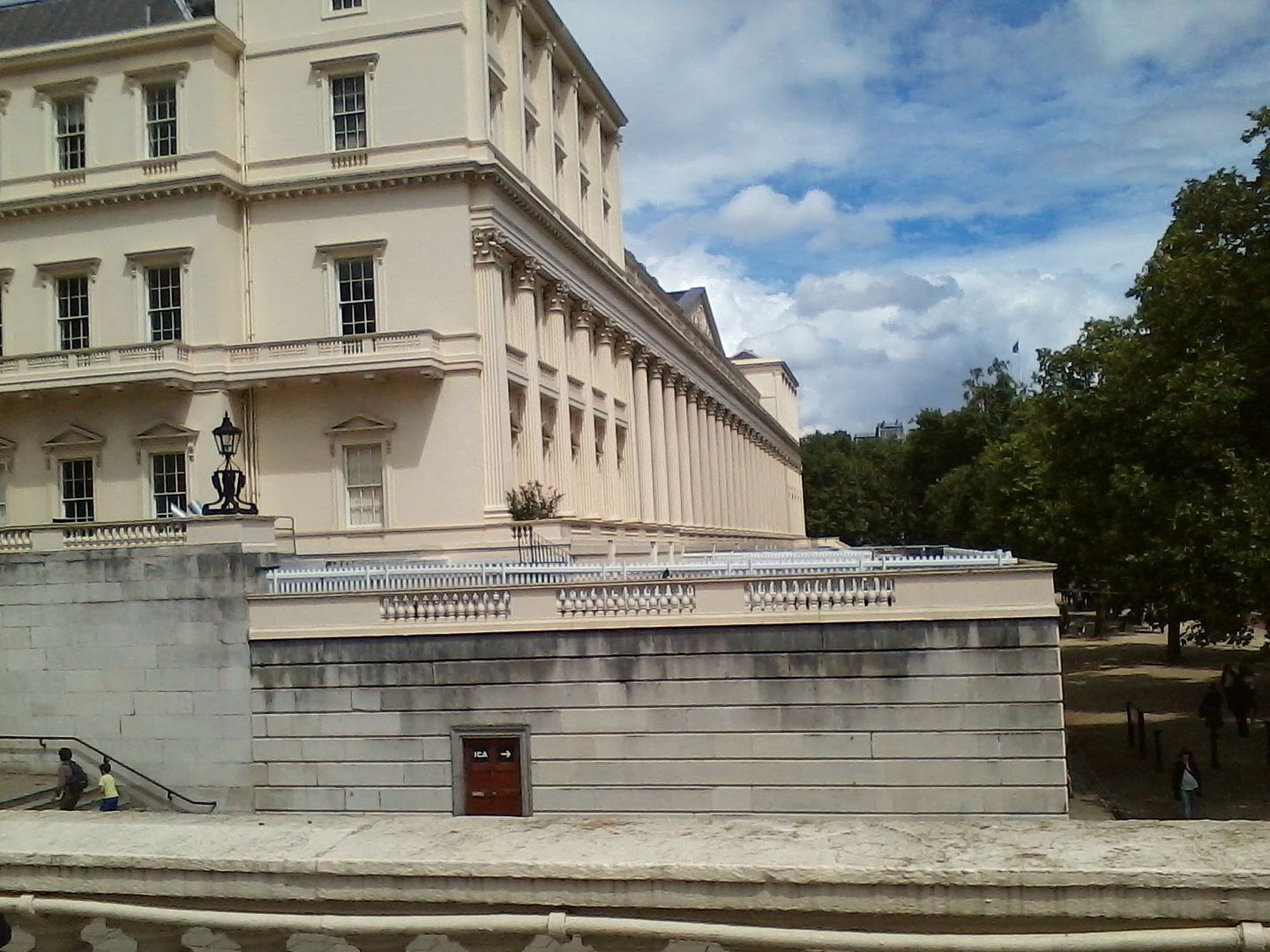What sort of exhibits were they? Well:
- The University of East Anglia is doing research into leaf-cutter ants. The leaf-cutter ant does not cut leaves to eat, it cuts leaves and uses them to farm fungi, which it then eats. The ants produce a number of compounds in their bodies that help them to encourage useful fungi and discourage unuseful ones. Some of those compounds are known antibiotics. But the ones that aren't- those have the potential to generate entirely new classes of useful drugs. So the researchers are isolating, analyzing and testing these compounds to see what they can do.
- Another group is working on interactions of bacteria in our guts with the immune system. This has enormous potential for the treatment of conditions like colitis and IBS.
- The police academy in presented research on accident investigation and analysis.
- A presentation on research into use of ionic liquids for treating polution (ionic liquids tend to be short-lived compounds but can be extremely effective solvents.
- A bio-medical imaging study that turns tissue transparent so it can better be analyzed (right now, it's limited to dead tissue, but they're working on doing it with living tissue).
- The Rosetta mission to land a probe on a comet. They expect to catch up with the target comet in November- I'm quite keen to see what happens.
- Use of proton beams to treat cancer (they have lower energy than the typical radiation therapy and can be used with less damage to healthy tissue).
- 3D laser imaging being used to map and analyze the possible movements of dinosaurs.
- Software to make 3D images using 2D cameras.
- Smart wing design
- Using ultrasonic waves to levitate small items, locate flaws in solid objects, and provide tactile feedback for use in virtual control devices.
I can't begin to do the coolness if it all justice. Do check out the show site. The early 21st century is just an amazing time and place to be alive.
 |
| Views from the Royal Society terrace |


No comments:
Post a Comment